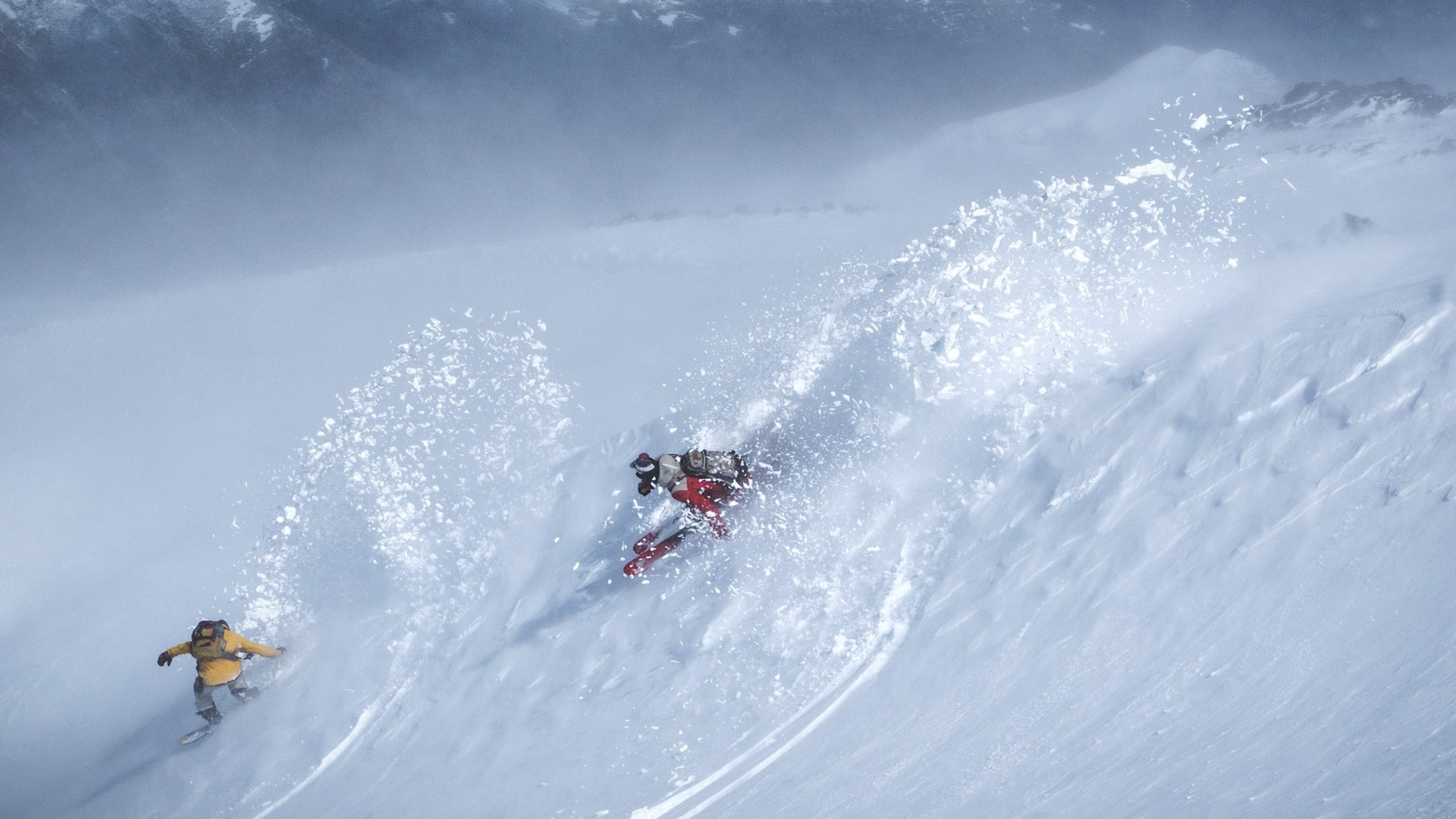
Avalanche Kit List
This list is meant to help people looking to take part in off piste skiing or snowboarding and point them in the right direction. It should be noted that this list is not conclusive and you should not leave patrolled areas without having had the appropriate training.
The snow is starting to fall heavily in the Alps so it seems like a good time to chat about avalanche kit for those of you wishing to venture away from the pistes.
Below is a list of the must have items to keep you safe and make the most of your time on the snow.
Knowledge:
The most important thing you can take with you is knowledge. Decision making tools to help keep you safe are indispensable, don’t require batteries, and weigh nothing!
Also, knowledge of how to use your avalanche equipment, and how to report incident to the correct emergency service.
Load up on the information below and make sure you know before you go. (I’m including some links at the bottom of this article with additional information)
Avalanche Report:
In the Alps every resort will publish a daily avalanche bulletin using a standardised scale that will give you information on the overall danger rating.
Additionally they often publish details of the risk at different elevations and aspects, and it will include the kind of avalanche problem that is affecting the area.
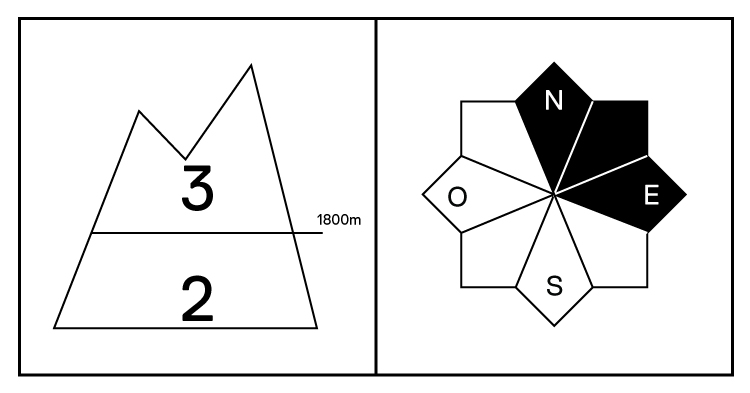

From this kind of report you can make basic decisions. For example; a report stating that there is a considerable avalanche risk that is mostly affecting North East slopes above 1800m we can adjust our plans and stick to lower angle South and West facing slopes below 1800m. The kind of problem can tell you a lot about the snow pack's specifics. For example new snow can cause dangerous loading but with balanced conditions afterwards the new snow will start to stabilise and bond, while old snow issues (particularly followed by the term "Deep persistent weak layer") take much longer to stabilise and should be treated with extreme caution.
Previous weeks weather:
If you’re arriving in an area you haven’t been before then it pays to find out what’s been going on over the last week or so. It may be perfect conditions today but knowing if there has been previous high winds or heavy snowfall will affect the current avalanche risk. Keep in mind that layers within the snow pack take time to heal, so that cold clear night followed by a dump of fresh snow a month ago is likely to bury a weak layer that will still be affecting the snow pack today! (This is where reading the kind of avalanche problem is useful in understanding how the snow pack has been affected.)
Some key things to watch out for are:
Heavy snowfall
Strong winds (particularly if combined with snowfall)
Large temperature fluctuations
Cold clear nights followed by fresh snow
Melt freeze cycles
Strong sunshine
And most important of all: Is there any recent avalanche activity?
Weather forecast:
Know what the weather is going to do today - will it be warm later? is it sunny? how windy is it? will there be any more snow? These factors won’t just affect your clothing choice.
Wind can deposit snow 10 times faster than snowfall alone so if it snows 2 inches in an hour it can turn into 20 inches of wind-slab on the leeward slopes. Again, look out for large temperature fluctuations, heavy snowfall, strong solar effect, can all change the stability of the snow pack.
A good general rule is “The snow pack doesn’t like rapid change”.
Companion Rescue / Avalanche Skills Training:
Knowing what to do if the worst happens is not optional. Get the training, practice with your friends, practice often. I’ll write another article on companion rescue but realistically, no matter how much you read about it, you need to get out there and learn from experienced guides or ski patrol. This way, you can get the process nailed so you can respond quickly and safely when you need to.
Avalanche skills courses take you through more than just rescue. They also take you through how to make terrain decisions in relation to the danger rating; giving you the skills to navigate and ride while minimising your group's exposure. They highlight features such as terrain traps and slide paths that you will want to avoid, and importantly they cover group dynamics and how to assess your situation constantly. They are the smartest investment you can make if you intend to enjoy off piste skiing or riding
Actual physical items:
Sometimes referred to as the “holy trinity”, you should never go off piste into avalanche terrain without a transceiver, probe, and shovel. This is not just for your safety but for the safety of everyone in your group.
Avalanche Transceiver:
A small battery powered beacon that allows you to search for other transceivers and for yours to be found, if you are buried. They come in a variety of sizes and prices but the important feature ideally is that your avalanche transceiver should have 3 antennas inside and a clear digital display to help you follow the signal. A multiple burial function is also really useful, but this will make it more expensive.
Probe:
A collapsible probe is your next tool in avalanche rescue. Used to feel through the debris when searching for a buried person the probes are strong and slightly flexible with a measure up the side to give you an idea of how far down the person is. They can be bought in different lengths and can be chosen on the basis of how deep the snow pack you’re likely to encounter is, but none will be shorter than 2.4 meters.
Shovel:
Your final rescue tool is a packable shovel. They come in all sorts of designs and sometimes feature reversible heads that allow you to move snow more efficiently in certain positions. The thing to remember is that the longer the handle the more leverage you have - but also the more weight you have to carry.
A word about insurance.
Most winter sports insurance does not cover rescue from un patrolled areas and is therefore invalid when you leave the resort. Check with your provider before engaging in any guided or unguided activities.
Disclaimer: This list is written by a backcountry recreationalist, not an avalanche professional. We do not recommend going off piste without having first completed at least a companion rescue course and understanding the risks involved. The above article is for information purposes only and does not constitute or replace any form of avalanche rescue training.
Useful Links:
Henry's Avalanche Talks - Amazingly detailed and useful information for skiers and snowboarders in the Alps.
https://henrysavalanchetalk.com/
European Avalanche Warning Services - A good place for basic knowledge and links to multiple countries avalanche reports.
http://www.avalanches.org/
Ortovox Safety Academy Guide - A really easy to understand tool from Ortovox that helps you get your head into the game.
https://www.ortovox.com/safety-academy-lab
Ortovox Guide book - A helpful book that goes over the basics.
https://www.ortovox.com/uk/safety-academy/



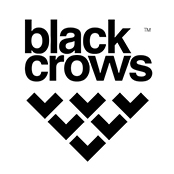


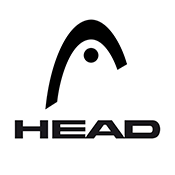


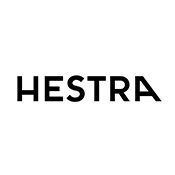

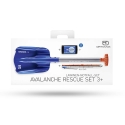
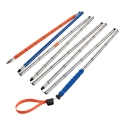
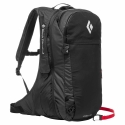
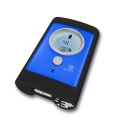
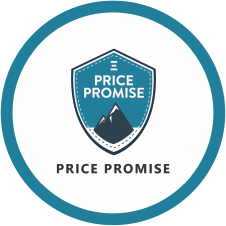

 OK, Got it.
OK, Got it.